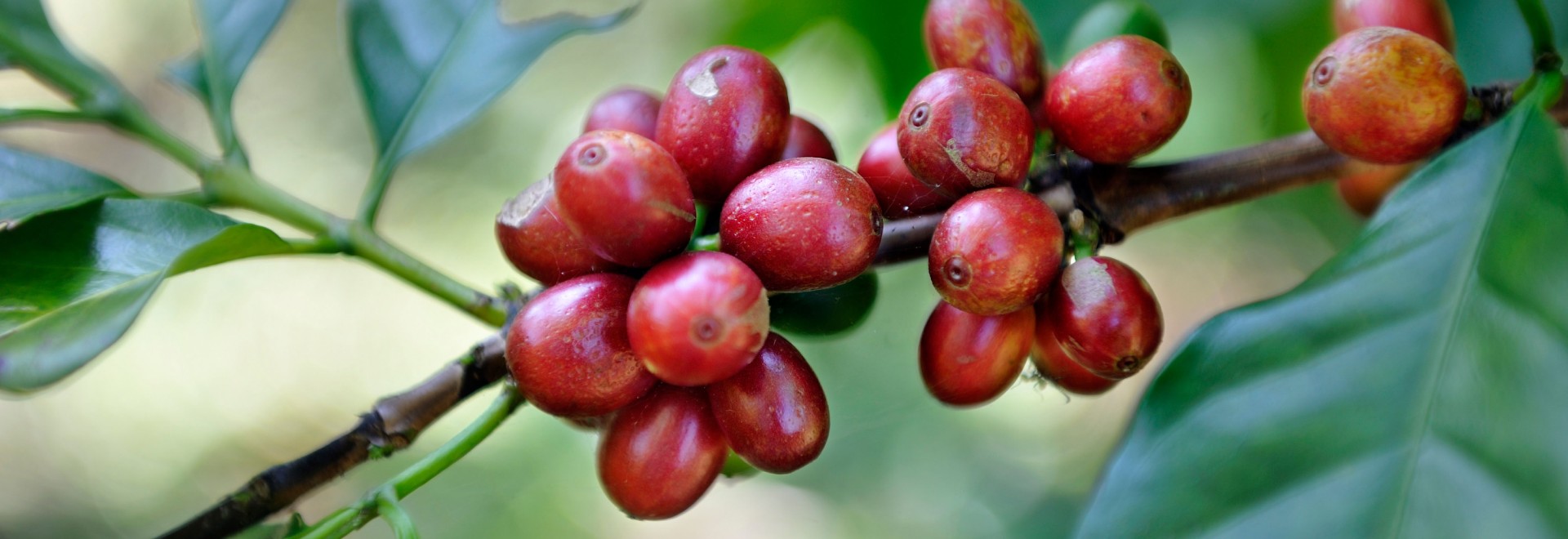The myth of experimental micro-lot coffee
Green coffee trader Carlos Umanzor speaks to Tanya Nanetti about the “experimental micro-lot” trend, breaking down the real meaning of the term without the sugar-coating.
By its nature, the primary purpose of the specialty coffee sector is to pursue excellence.
For some, that means hunting down rare and forgotten varieties and species, but for others, it’s all about exclusivity.
In fact, many specialty coffee shops and roasters have recently jumped on the sector’s latest marketing trend: experimental micro-lots.
Often sold in small, expensive, limited edition batches, experimental micro-lots appeal to consumers who want to taste the cutting edge of coffee development.
Typically, they have unconventional names like the Ethiopia Layered Fermented Bomb by Onyx Coffee Lab or the Echo Geisha by Assembly Coffee. As the name implies, many incorporate experimental processing techniques in their development, including carbonic maceration, anaerobic fermentation, and unconventional roasting methods.
However, it’s hard to pin down a universal definition for these micro-lots. As a result, the industry is facing something of a marketing conundrum.
Carlos Umanzor was born and raised in Honduras and is a specialty coffee trader for the Volcafe Specialty’s Guatemalan office. For him, the definition is pretty straightforward, although it’s a broad one.
“An experimental micro-lot can be anything the producer wants it to be, and that’s the beauty of experimenting at a micro-lot scale,” he explains. “You can add ingredients, tweak the process, play with fermentations, and reach incredible flavours – or fail in the process.”
Furthermore, experimental micro-lots are one-time creations, like a prototype car or the pilot of a TV show that never really took off. It can be very well documented and have incredible features, but Carlos emphasises that they’re usually very difficult and expensive to replicate on a larger scale.
That’s where the exclusivity comes in, and it seems that this is the source of the appeal.
In essence, a micro-lot is not just a small batch of coffee, but something that’s been treated with extra care, having been the subject of study and experimentation by the producer, the buyer, or by one of the other actors along the supply chain.
Attractive prospects
Naturally, the success of various experimental micro-lots is not only thanks to their often interesting characteristics, but also to the appeal they have for customers.
Firstly, they possess an “X-factor” that can help attract new customers who may not yet fully understand the appeal of specialty coffee. On the other hand, they quickly become talking points among existing consumers.
In specialty coffee, knowledge is currency, and the more a coffee professional or prosumer knows about the breadth of coffee characteristics out there – experimental or otherwise – the better.
“Experimental micro-lots are most likely to be showcased as a special edition in a coffee shop, or in a seasonal blend or for a special competition at specialty coffee events,” Carlos explains.
He believes that they’re so appealing to consumers because people like to try new things. Furthermore, their proliferation is a result of coffee shops and roasters striving to remain relevant in an increasingly innovative industry.
“They are definitely a great way to draw attention to a business – even at farm level – and every business should have a space for research and development of new products,” he adds.
However, he’s quick to point out that this isn’t the endgame for specialty coffee. For a coffee to be truly successful, it must be easy to replicate consistently on a scale that’s profitable.
This, he says, creates a “romanticism” around experimental micro-lots. Lately, the market has seemed even more focused on these lots, and they end up being promoted ahead of other, more profitable coffees.
Ironically, this has become a profitable strategy for many businesses. Carlos explains that with the right planning, branding, and market research, businesses have been able to regularly source new micro-lots, enabling them to cash in on being perpetually relevant among consumers.
Micro-lots into megabucks
Despite this recent wave of success, Carlos remains cautious and points out that many coffee businesses depend on more regular sales to stay afloat.
“Like I mentioned before, consistency is key for a business,” he notes. “Even the highest-end specialty coffee shops and roasters need a consistent day-to-day coffee product. If every coffee is special, then no coffee is special.”
The real role of experimental micro-lots, he adds, is to keep things fresh and exciting for customers.
“We go to a shop because we like the product that is often served to us,” he says. “We like a TV series because it follows a certain plot that interests us, and we like our coffee in a certain way every day.
“It’s the consistency of a product that makes up the gross sales of a business, but it’s the twists and turns that play an important role in consumers and keep a coffee shop interesting. It’s the expectation of seeing what summer drink they will release or what single origin or farm will they showcase this month.”
So, even though in most cases, experimental micro-lots often only comprise a tiny percentage of sales, brands make it seem as though their whole business is built around them.
“Many coffee brands feel the urge and need to stay in the minds of consumers,” Carlos elaborates. “Experimental lots or new products are the hook to turn around heads and make people look your way. Once you’ve got their attention, it will create an opportunity to lure them back with your original product.”
Some may feel this creates an ethical conundrum in an industry more fixated on transparency than many others. However, Carlos doesn’t think this is deceptive at all.
“I don’t think it’s wrong,” he concludes. “As long as the roaster, buyer, or producer understands that experimental lots are hard to replicate, have unique flavours for a reason, and serve a purpose in the coffee chain to attract customers, [they should] experiment with something new.
“We can stay in experimental stages and make our motto to deliver inconsistent, amazing profiles through time, which is fine and perfectly valid. Or, [we can] use experimental knowledge to replicate a profile that a consumer will like, and make it a successful product to build a brand around it.”








